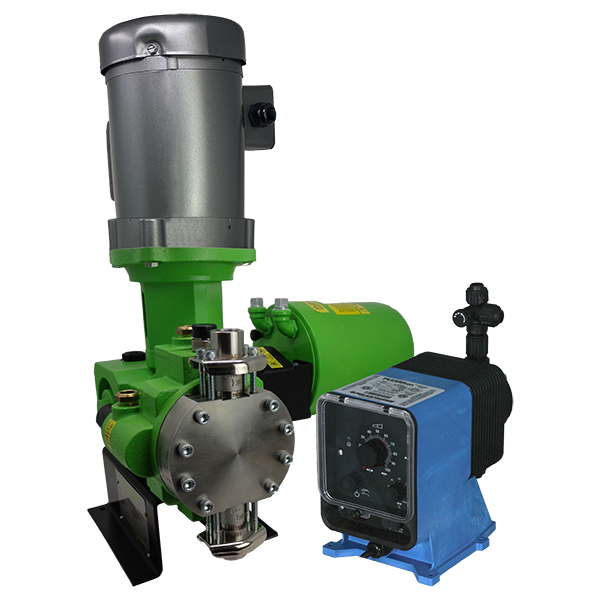rika kose
Chemical
- Jun 11, 2019
- 68
We have a liquid butane tank 6 barg pressurized by N2.
We want to have constant flow injecting into a reactor, e.g. 0.05 kg/s. At this moment, there is only one flow control valve in the injecting line. Butane flashes in the valve. downstream the valve, icing. flow is very unstable. a mass flow meter is near the storage tank, around 30 m before the control valve.
What is the right setup? how to improve the system?
We want to have constant flow injecting into a reactor, e.g. 0.05 kg/s. At this moment, there is only one flow control valve in the injecting line. Butane flashes in the valve. downstream the valve, icing. flow is very unstable. a mass flow meter is near the storage tank, around 30 m before the control valve.
What is the right setup? how to improve the system?


